Oyster mushrooms are mushrooms that are highly appreciated by lovers of the “quiet” hunt not only for their taste, but also for the large number of useful trace elements contained in the fruit body. For the reasonable use and use of this product in traditional medicine, you need to know what benefits oyster mushrooms can bring to the body, and also whether these mushrooms can cause harm.
Content
Characteristic features of the species
Oyster mushrooms are edible mushrooms that grow in the wild on dead wood. They are also actively grown on an industrial scale and even at home, since mushrooms are very picky. This genus has many species, but the most popular is oyster mushroom or oyster mushroom.
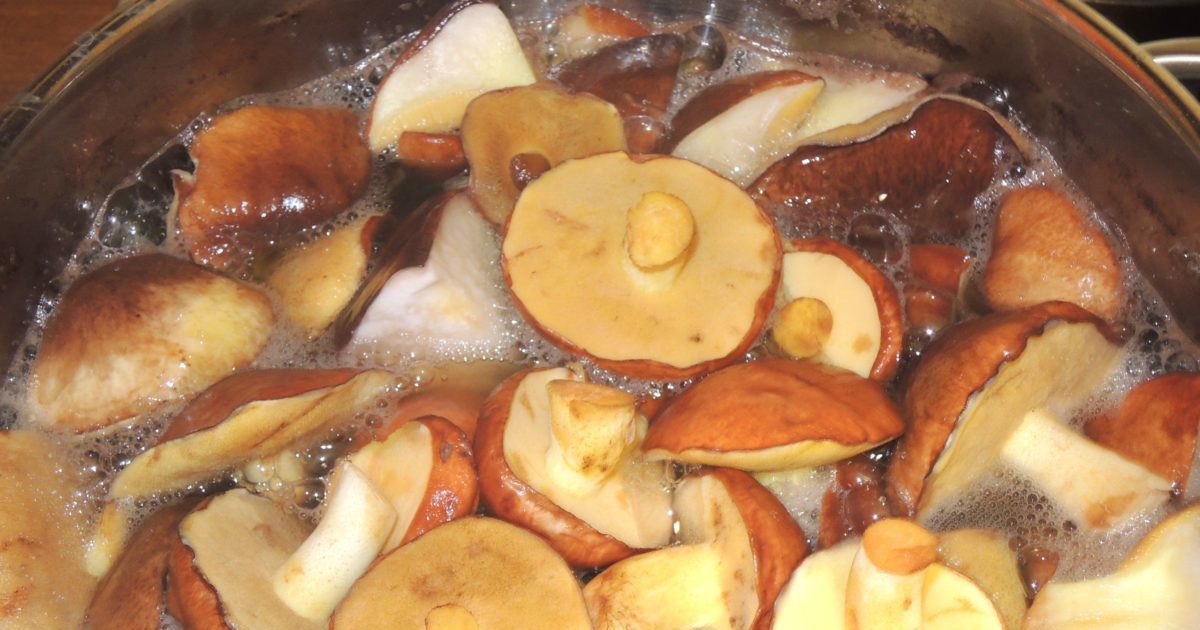 You may be interested in:
You may be interested in:The fruits have a pleasant taste with a slight aftertaste of anise. The external characteristics of the fungus are described in the table.
| Structure | Description |
|---|---|
| Hat | Large and fleshy, with a diameter of 5 to 30 cm. In young specimens - convex, with a curled edge, in mature ones - flat, in shape resembles a wide funnel with wavy edges. |
| Hat color | It changes as the fruit body ripens from gray to white or yellow. |
| Mushroom surface | Smooth, quite often wavy. |
| Leg | Small, may be inconspicuous, dense texture and curved. The length of the legs does not exceed 5 cm, and the width is 3 cm. White, at the base it can be brownish and felt. |
| Pulp | White, soft and juicy. |
The use of oyster mushroom for humans and medical applications
Oyster mushrooms are considered a dietary product, due to its low calorie content (38-41 kcal), but this is far from their only advantage. This product contains many substances that are beneficial to the human body.
100 g of crude product contains:
- 3.31 g of protein;
- 0.41 g - fat;
- 6.1 g - carbohydrates;
- 2.3 g of dietary fiber;
- 89 g of water.
The oyster mushroom fruit body is rich in vitamins (E, D3, H, PP, C and group B), amino acids (valine, lysine, leucine, etc.), polysaccharides and trace elements (zinc, cobalt, copper, iron, calcium, potassium, phosphorus and selenium). Oyster mushrooms are widely popular among traditional medicine supporters.
Oyster mushrooms are used in such cases:
- For the treatment of purulent wounds. Due to its unique composition, mushrooms have an antiseptic effect. Therefore, tincture of oyster mushrooms is actively used to treat wounds that are already festering.
- As a sedative. Favorably affect the nervous system, toning it up and relieving excess tension and some psycho-emotional arousal. As a sedative, wine with oyster mushrooms is taken.
- To enhance immunity. The fruit body contains the substance β-glucan and a large number of vitamins, which in combination have an immunostimulating effect. To increase immunity, as a rule, take mushroom powder.

The healing properties of beta-glucan - With atherosclerosis. Due to the presence of lovostatin, oyster mushrooms contribute to the removal of "bad" cholesterol from the body, due to which they are recommended for patients with atherosclerosis. To treat the disease, a decoction of mushrooms is used.
- With hypertension.The substances contained in the product not only cleanse blood vessels of cholesterol, but also contribute to the normalization of blood pressure.
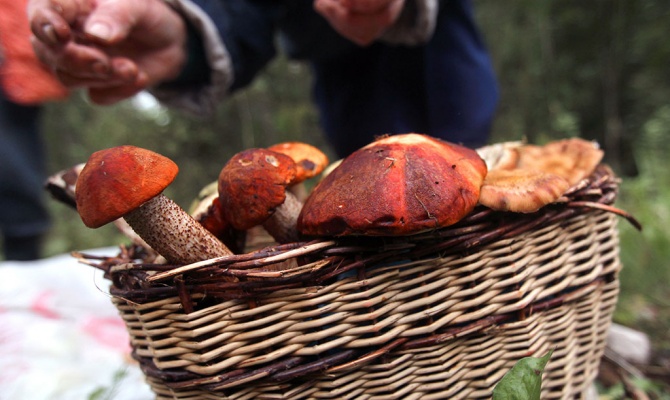 You may be interested in:
You may be interested in:Contraindications and possible harm
Despite the fact that oyster mushrooms are a useful product for humans and are well absorbed by the body, it is not worth eating raw mushrooms. This limitation is due to the presence in the raw fruits of the substance chitin, which is practically not absorbed by the body and can lead to flatulence, nausea and heartburn.
However, like any other mushroom, oyster mushrooms are absorbed by the children's body for a long time, so you should refrain from using them for children under 12 years of age, as well as pregnant women, since their body is already overloaded.
With caution, it is worth consuming mushrooms for patients with:
- Allergy, since oyster mushrooms are a strong allergen and can cause cough and runny nose.
- Bronchial asthma.
- Tuberculosis (ingestion of oyster mushroom spores leads to cough with sputum discharge).
- Diseases of blood vessels and heart (the product contains a large amount of water, which in case of CCC pathologies will lead to swelling).
- Kidney dysfunction.
- Indigestion.
- Disease of the liver and gall bladder.
When using any mushrooms, it is important to observe the measure, otherwise the appearance of heaviness in the stomach cannot be avoided, and oyster mushrooms are no exception.
Collection and storage of raw materials
The oyster mushroom season begins in September and lasts until December. It is best to collect young fruits, because they are softer and juicier than the old ones. Oyster mushrooms are a rather fragile product, and special care must be taken during transportation and storage.
Drying
Fresh mushrooms peeled from garbage can be dried. In order to clean the mushrooms, washing them is optional, just wipe them with a damp towel. You can dry the product in the oven or in the sun. When drying in the sun, a thread is pulled through them, so that the mushroom caps do not touch each other. A properly dried product will bend and break well.
Dried mushrooms can be stored in a glass jar placed in an aired room without extraneous odors. When drying, all the nutritional properties of the product are fully preserved.
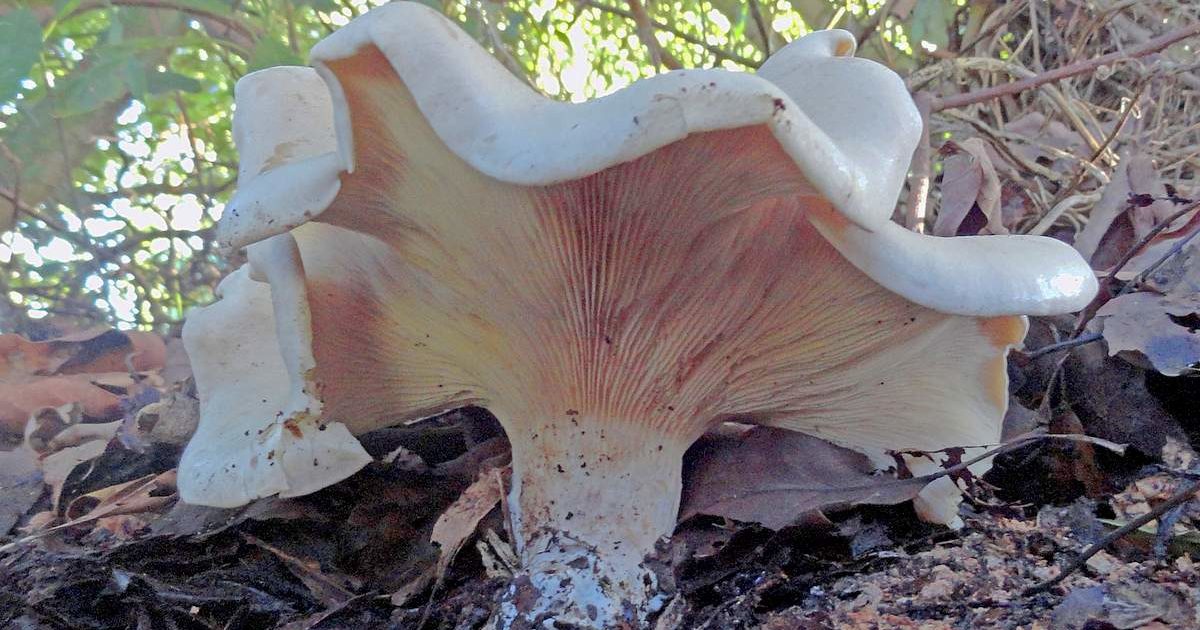 You may be interested in:
You may be interested in:Freezing
Before freezing, the fruits must be washed and boiled until half cooked. The cooked product is laid out in plastic containers and sealed.
After that, the containers can be placed in the freezer. The optimum temperature for freezing is –18 degrees. The product can be stored in the freezer for about 12 months.
Preservation
Preservation is a great way to preserve mushrooms for the winter. For conservation, you must take:
- Boiled oyster mushrooms - 0.5 kg.
- Onion - 1 pc.
- Garlic - 3 cloves.
- Bay leaf - 3 pcs.
- Peppercorns - 8 amount
- Salt - 2-3 tbsp. l
- Sugar - 1 tsp.
- Vinegar - 1 tbsp. l
Before proceeding directly to conservation, you need to sterilize a half-liter jar and lid. Chopped onions, garlic, bay leaves, black pepper are laid out at the bottom of the can, and only then mushrooms are placed in the container. Sugar, salt are poured on top of the mushrooms and vinegar is poured.Next, cooled boiled water is poured into the jar, right up to the edges. The final stage is the can filling.
Recipes of folk and modern medicine
Oyster mushrooms are actively used in folk medicine, alcohol tinctures, powders, extracts, decoctions are prepared from them, and even added to wine.
Oyster mushroom tincture
Alcohol tinctures are used to treat purulent wounds on the skin. For its manufacture you will need:
- mushrooms - 150 g;
- vodka - 1 glass.
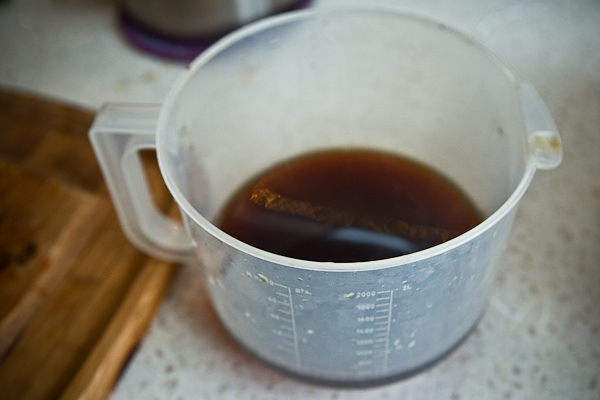
Mushrooms must be well chopped and filled with vodka, and the resulting mixture should be placed in a dark place for 10 days. In the process of insisting, the product must be shaken periodically. Before use, tincture is mandatory filtered and diluted with water 2: 1. A gauze dressing soaked in an alcohol solution can treat wounds 3 times a day.
Powder
In order to rid oyster mushrooms of garbage, it is enough to thoroughly wipe them with a napkin dipped in water. After processing, the product must be finely chopped and placed in the oven, preheated to 40-45 degrees. Drying time - 10 hours, however, the oven must be periodically ventilated. The dried product is ground to a powder using a coffee grinder.
Mushroom powder is best consumed 3 times a day 30 minutes before a meal. Single dose –1/2 tbsp. l The course of treatment is 2 weeks, if necessary, it can be repeated 2 times a year.
Extract
The cleaned and washed oyster mushroom must be ground to a pulp state in a meat grinder or blender. The resulting slurry must be boiled in its own juice for 30 minutes. The resulting juice is filtered through cheesecloth. After this, the pulp can be boiled again, but with the addition of water, in this way all the mushroom juice will stand out. The resulting juice is also filtered and combined with the previous one.
The juice must be salted (20 g of salt / 1 liter) and boiled without a lid, this will allow excess moisture to evaporate. The result of cooking will be a thick syrup that is poured into sterilized cans, rolled up and cooled.
Decoction
A decoction is most often used to treat atherosclerosis. To prepare a decoction, it is necessary to pour 1 kg of washed oyster mushrooms with water and bring to a boil.
The broth should be consumed 2 times a day 30 minutes before meals. A single dose of the decoction is ½ teaspoon. Duration of admission is 4 weeks.
Wine
To make wine from mushrooms, you need 1 bottle of red wine or cahors and 50 g of raw mushrooms. Oyster mushrooms are crushed almost to the state of crumbs and filled with wine.
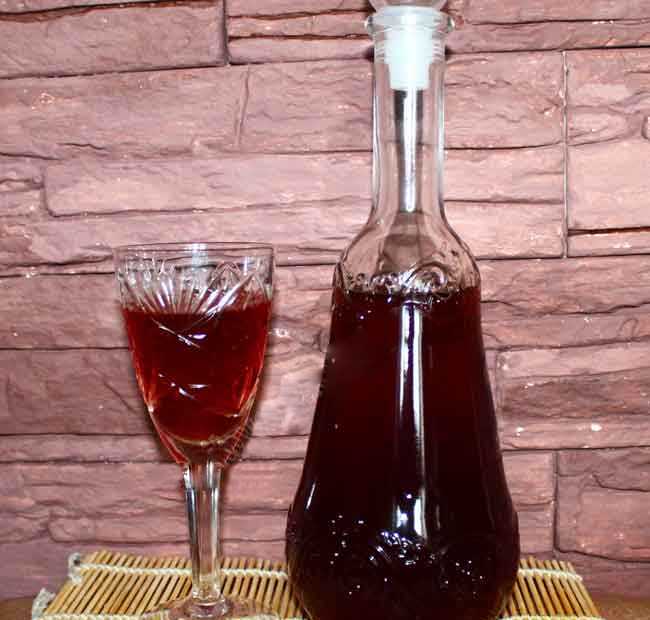
The resulting mixture must be tightly closed and placed in a dark, cold place for 7 days. Filter wine is not necessary. The product is recommended to take 1-2 tbsp. tablespoons at bedtime for a month.
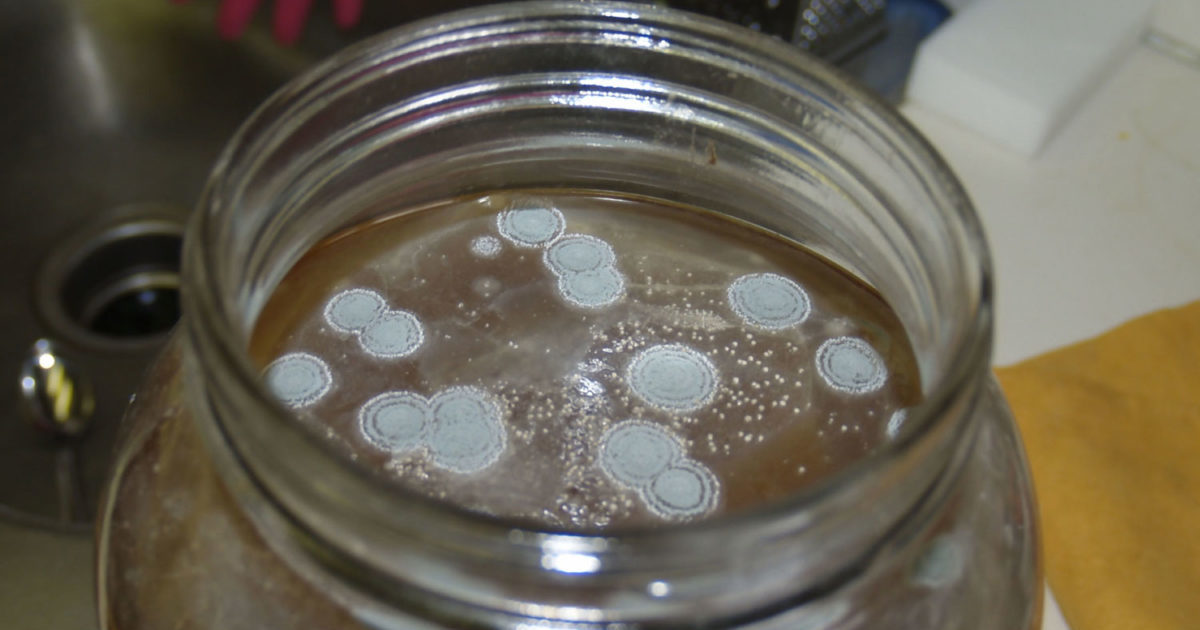 You may be interested in:
You may be interested in:Answers to Common Questions
The use of oyster mushroom consists in low calorie content, the ability to cleanse the intestines and the presence in their composition of vitamins necessary for patients with metabolic disorders. Due to the presence of bioactive substances in mushrooms, they are a valuable product that is used not only in the food industry, but also for medicinal purposes.

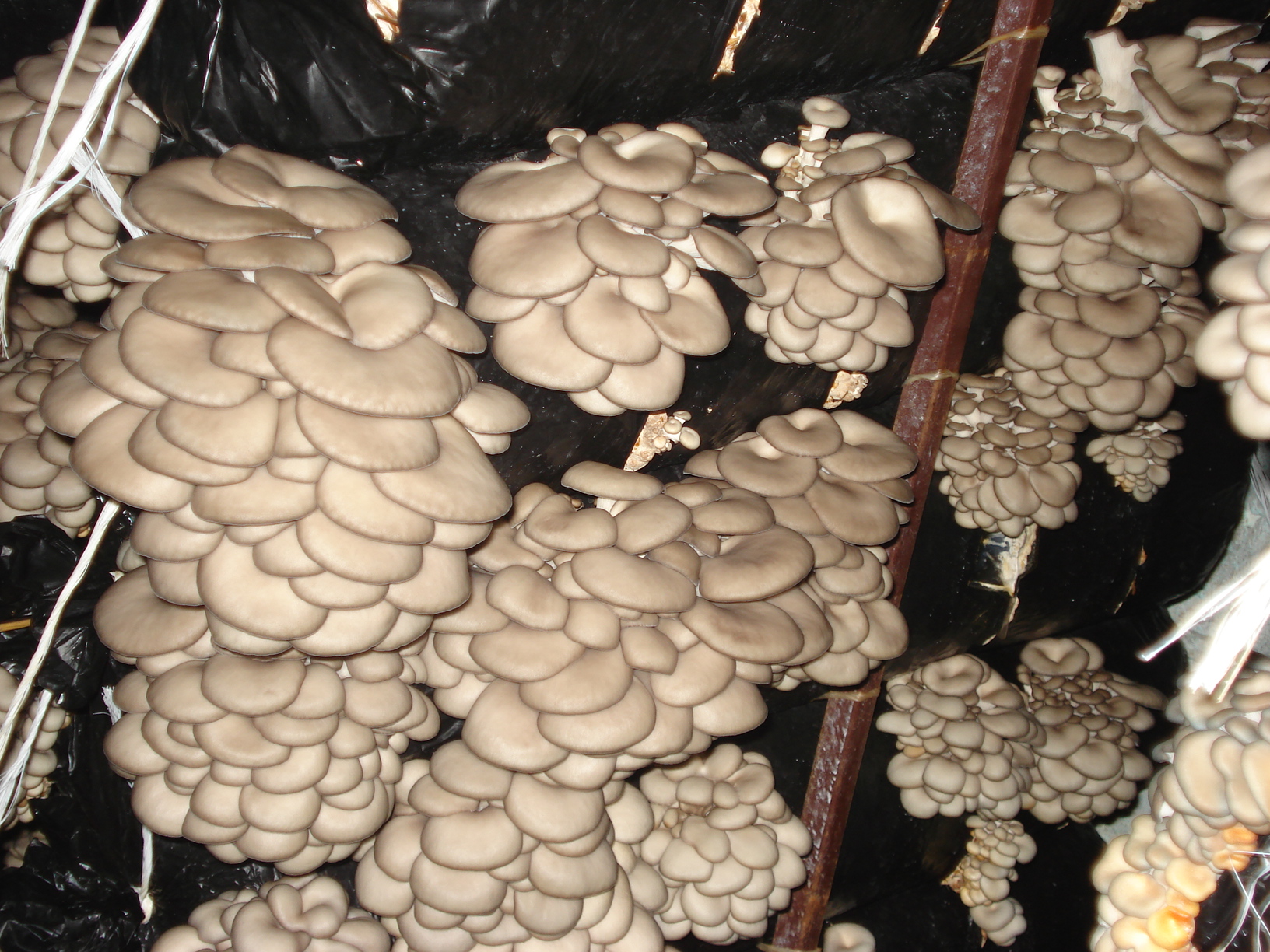
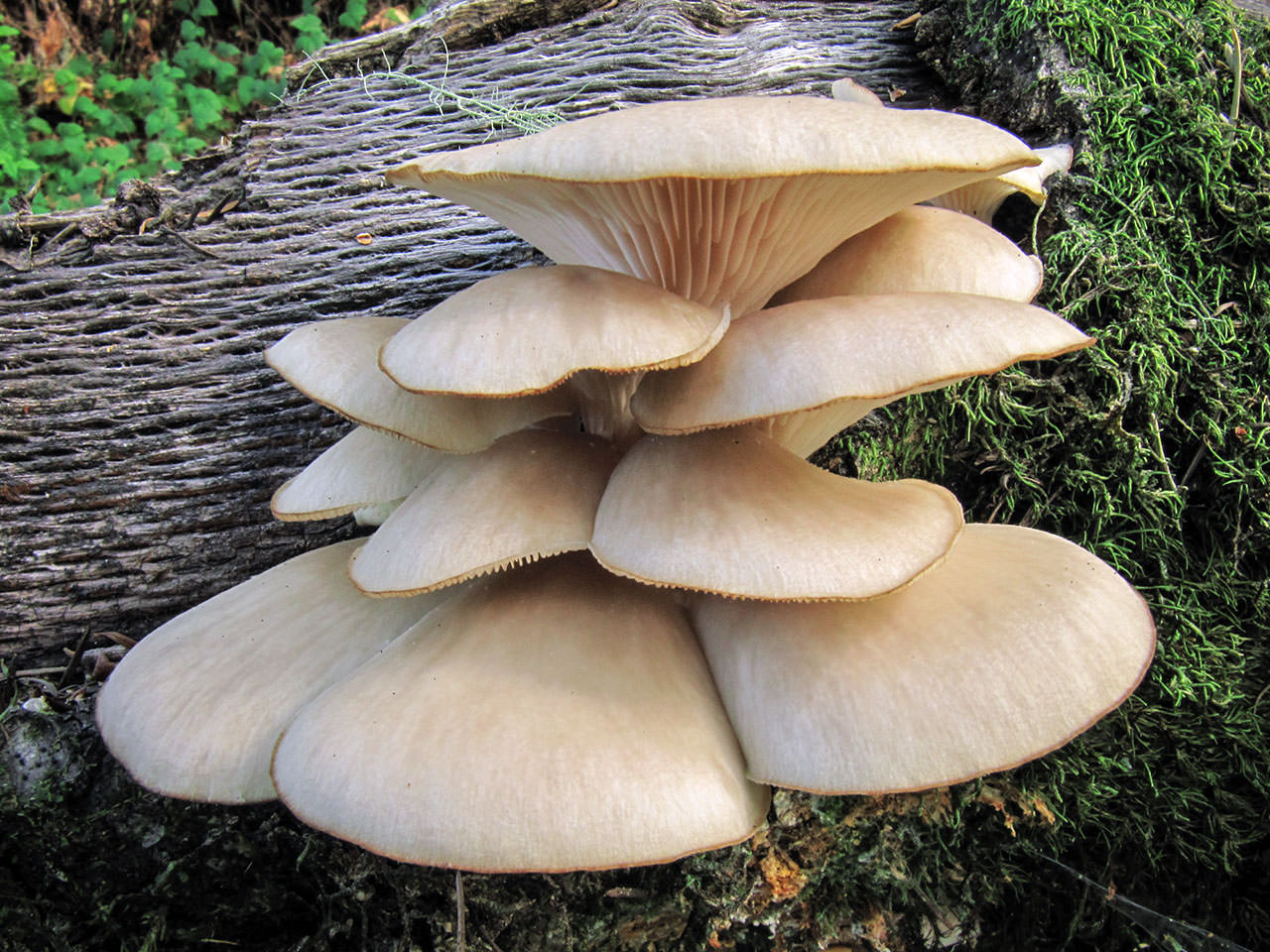

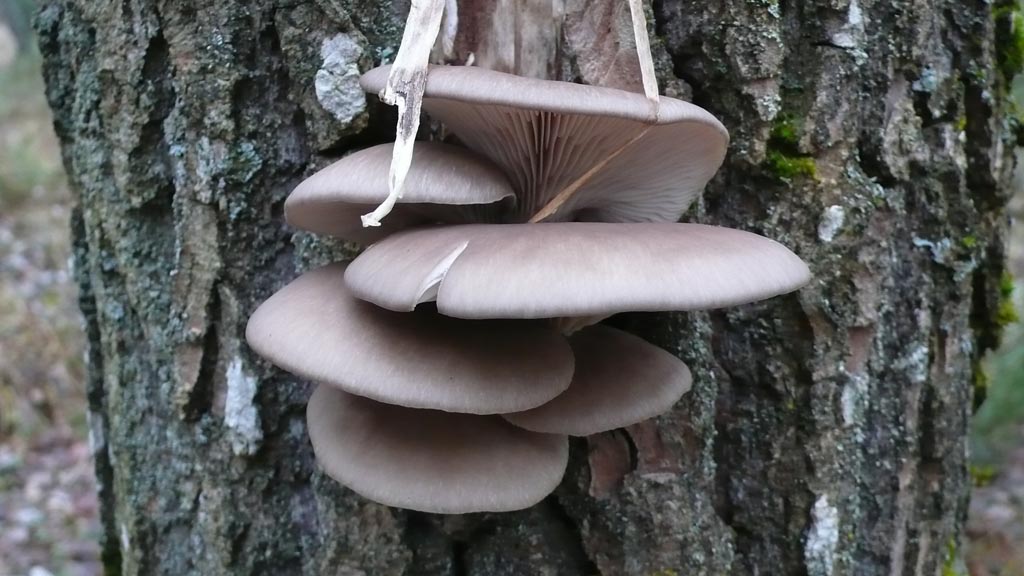
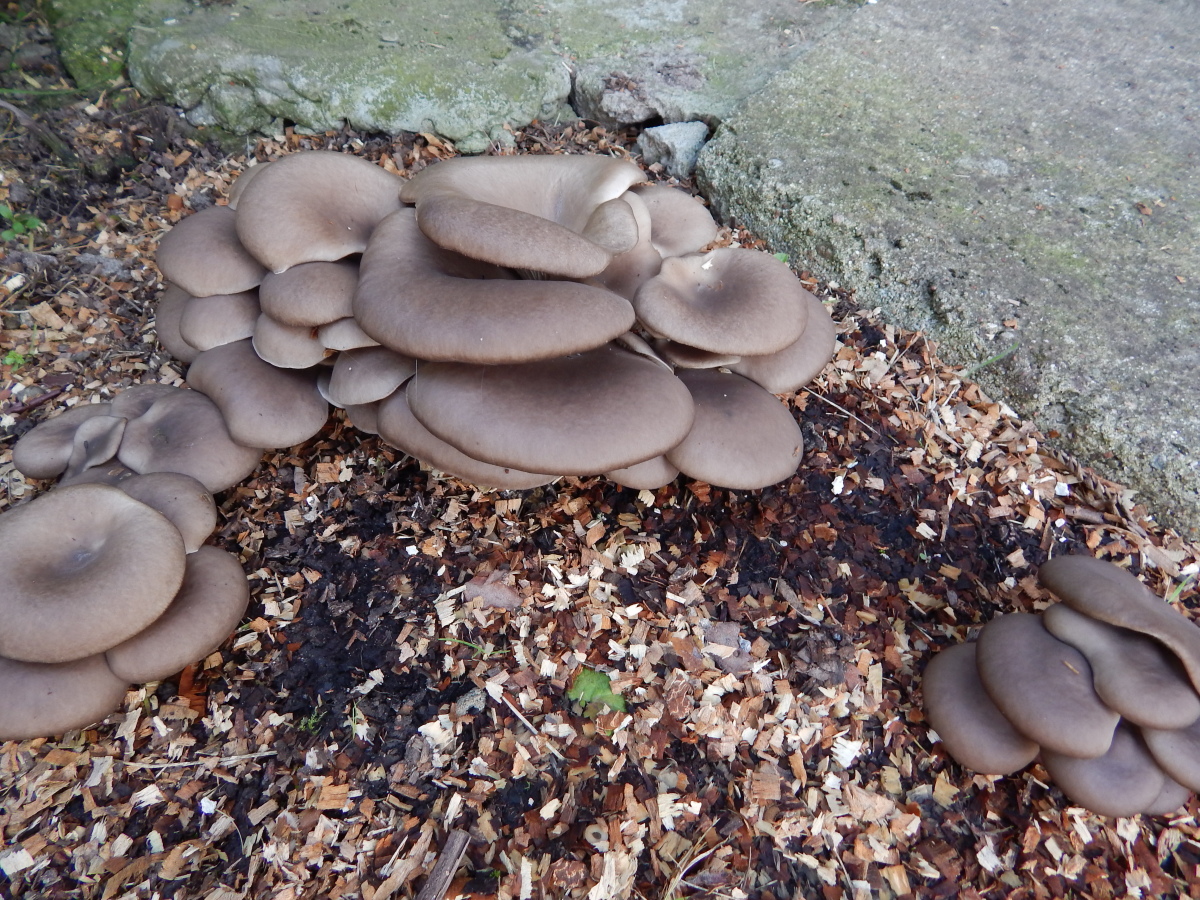
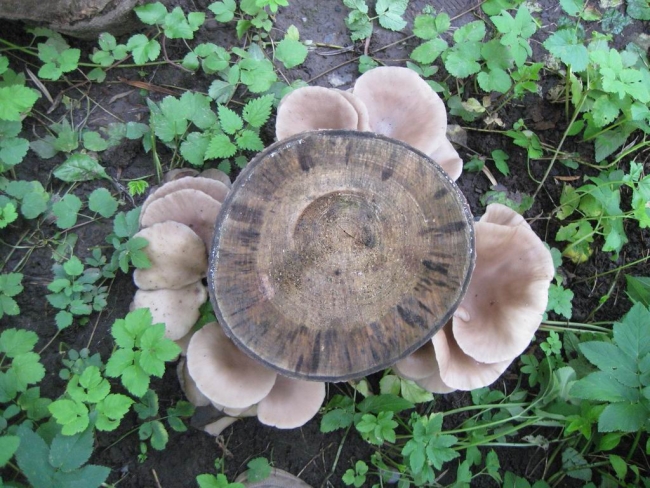
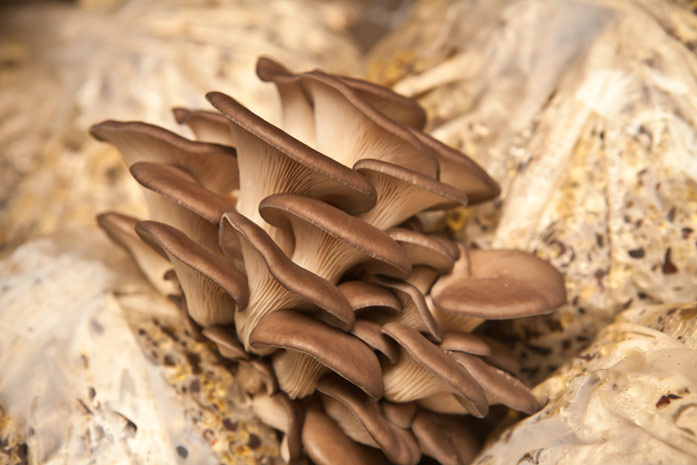

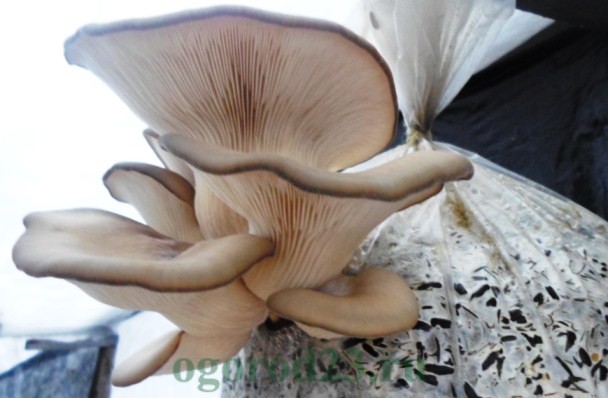
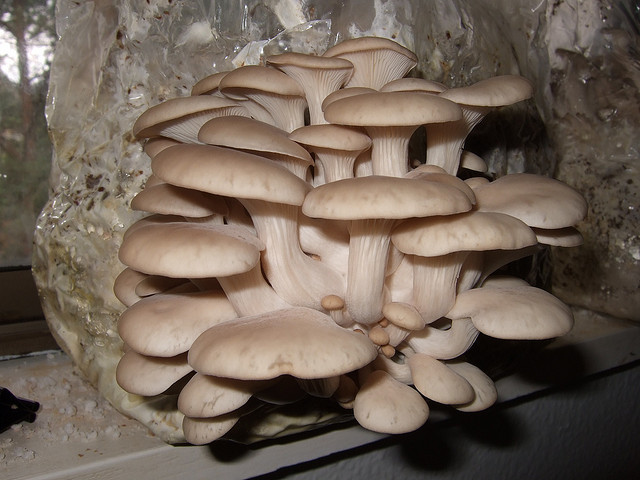
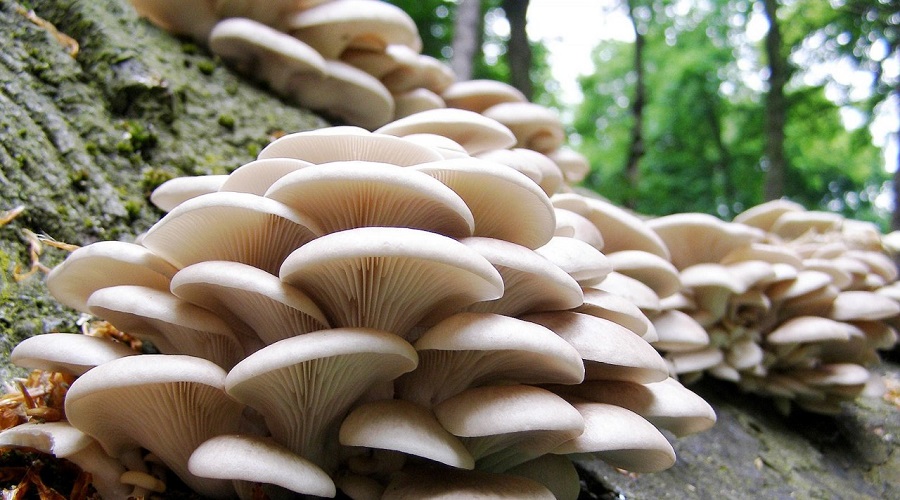
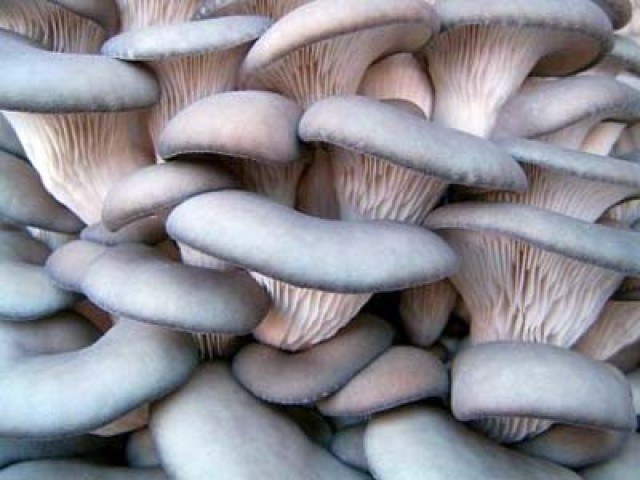
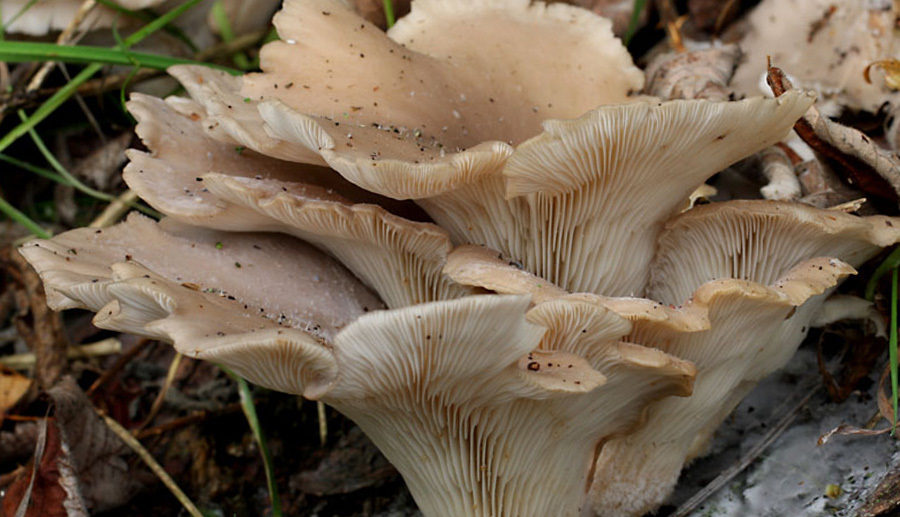
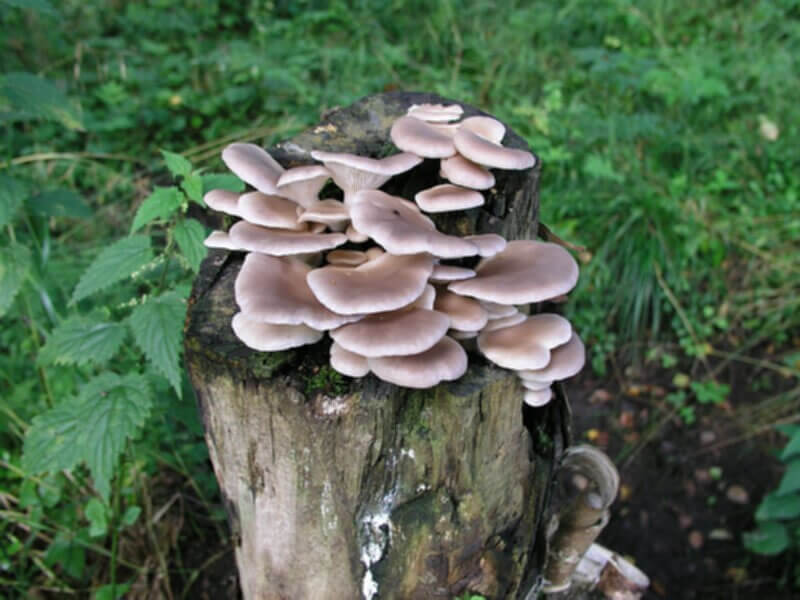
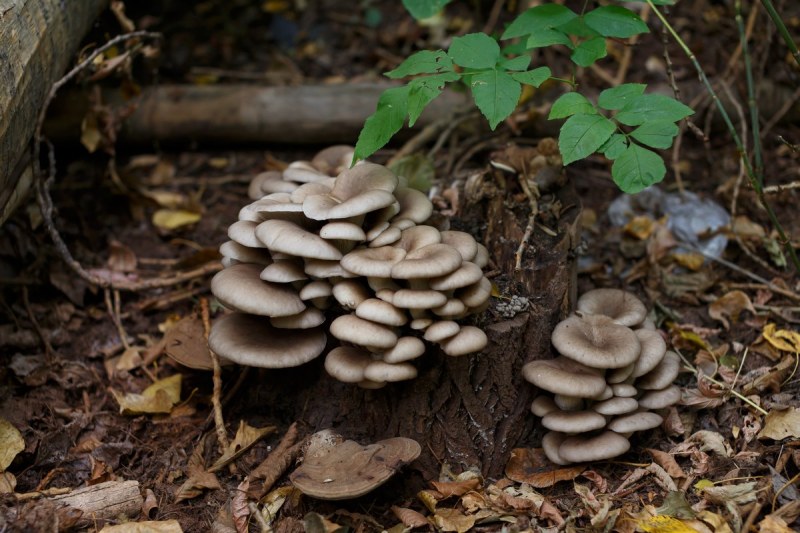
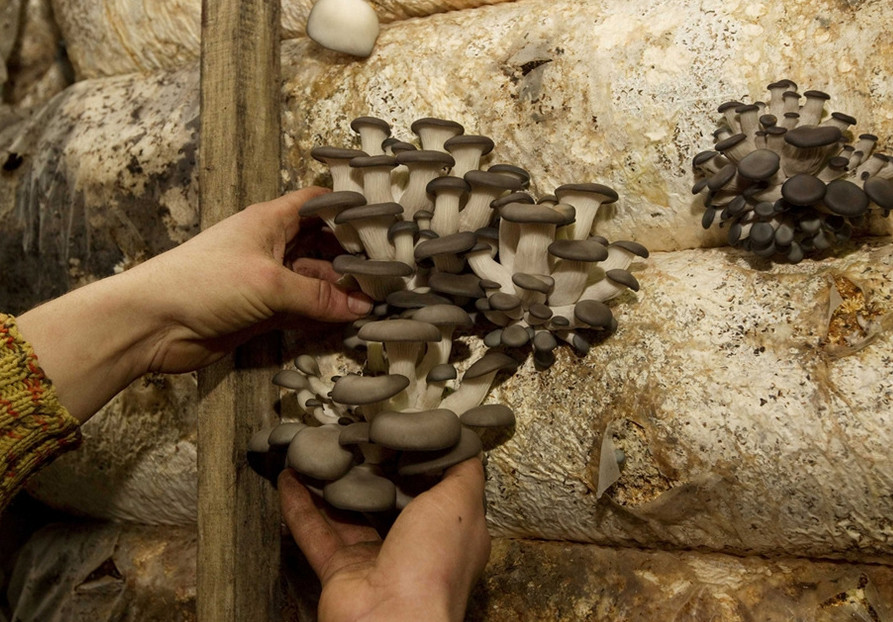
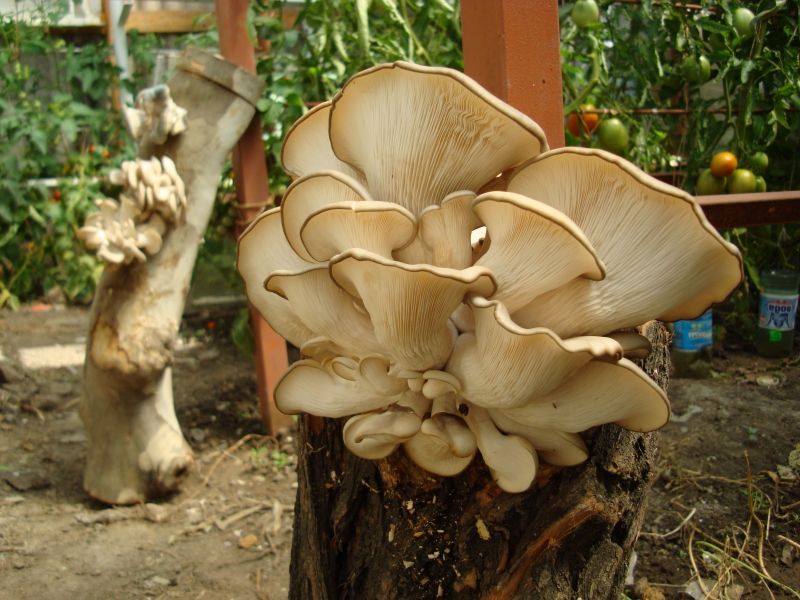
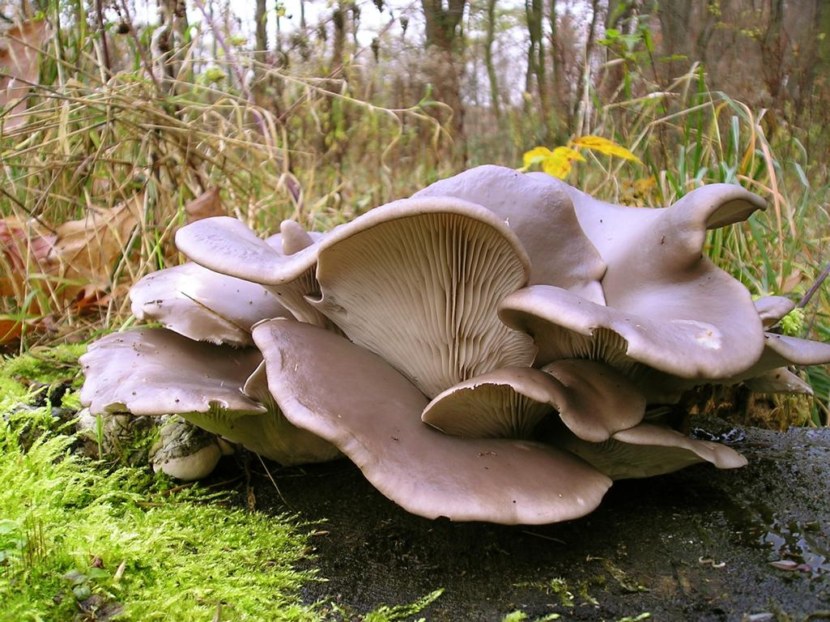
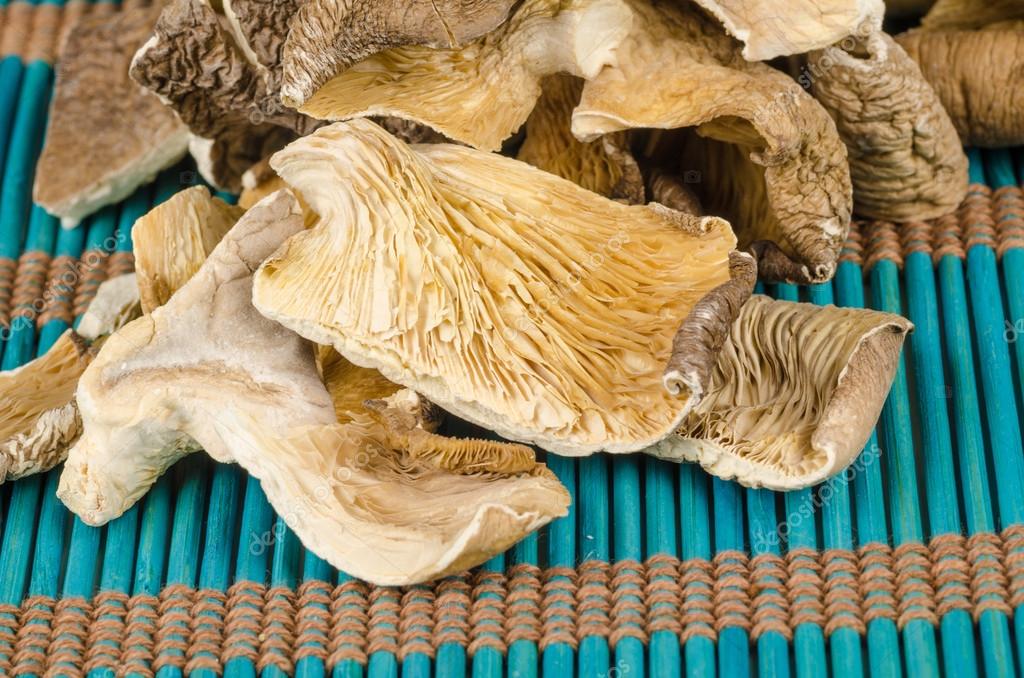
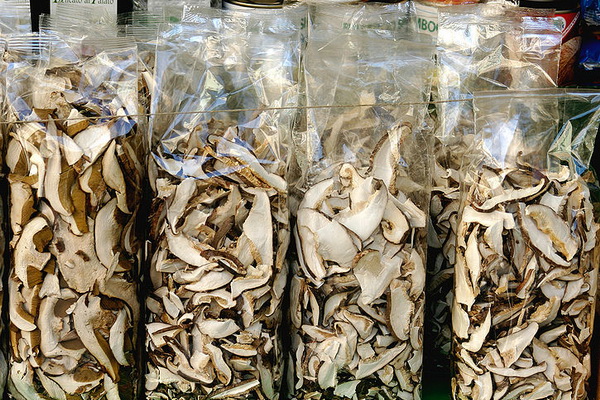
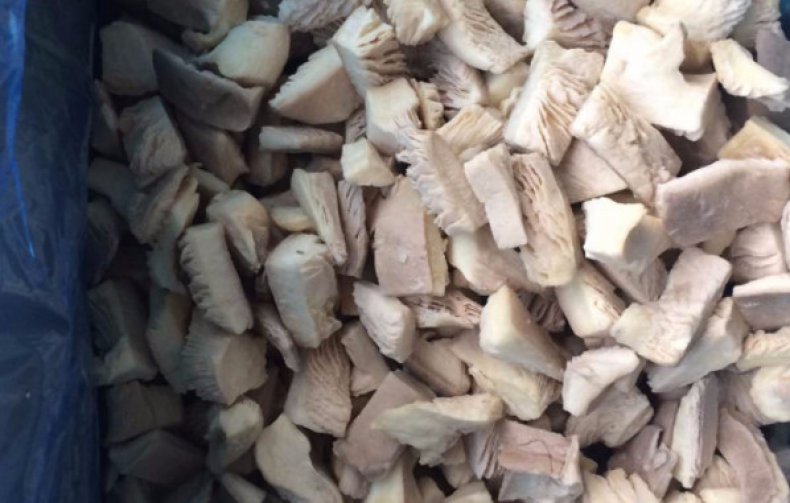
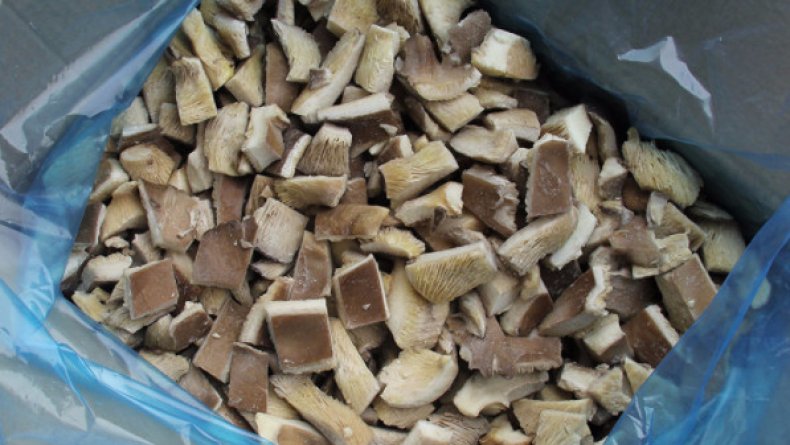



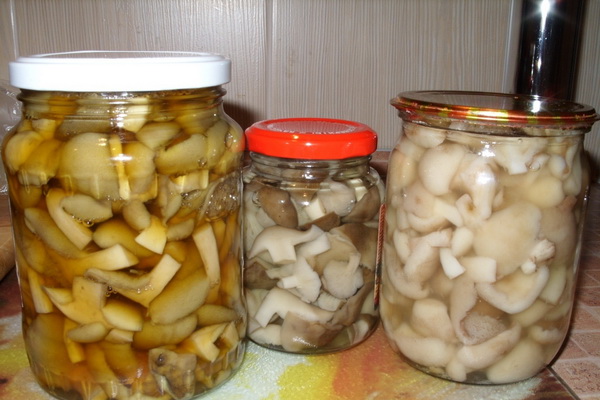
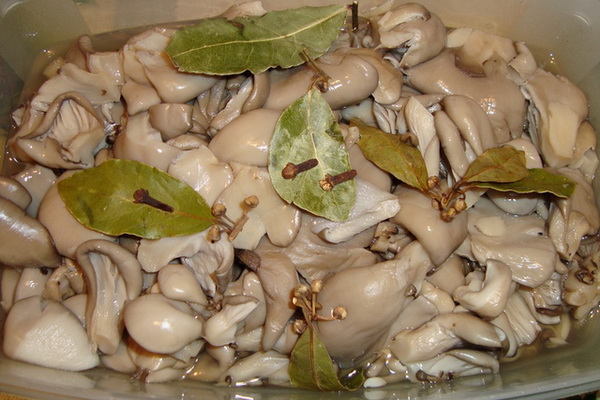
 Care and use of Kombucha at home (+22 photo)
Care and use of Kombucha at home (+22 photo) Edibility of the fungus of the motley umbrella and its description (+19 photo)
Edibility of the fungus of the motley umbrella and its description (+19 photo) Description of edible and inedible oils, their poisonous counterparts (+40 photos)
Description of edible and inedible oils, their poisonous counterparts (+40 photos) Useful properties of milk mushroom and its contraindications (+17 photos)
Useful properties of milk mushroom and its contraindications (+17 photos)